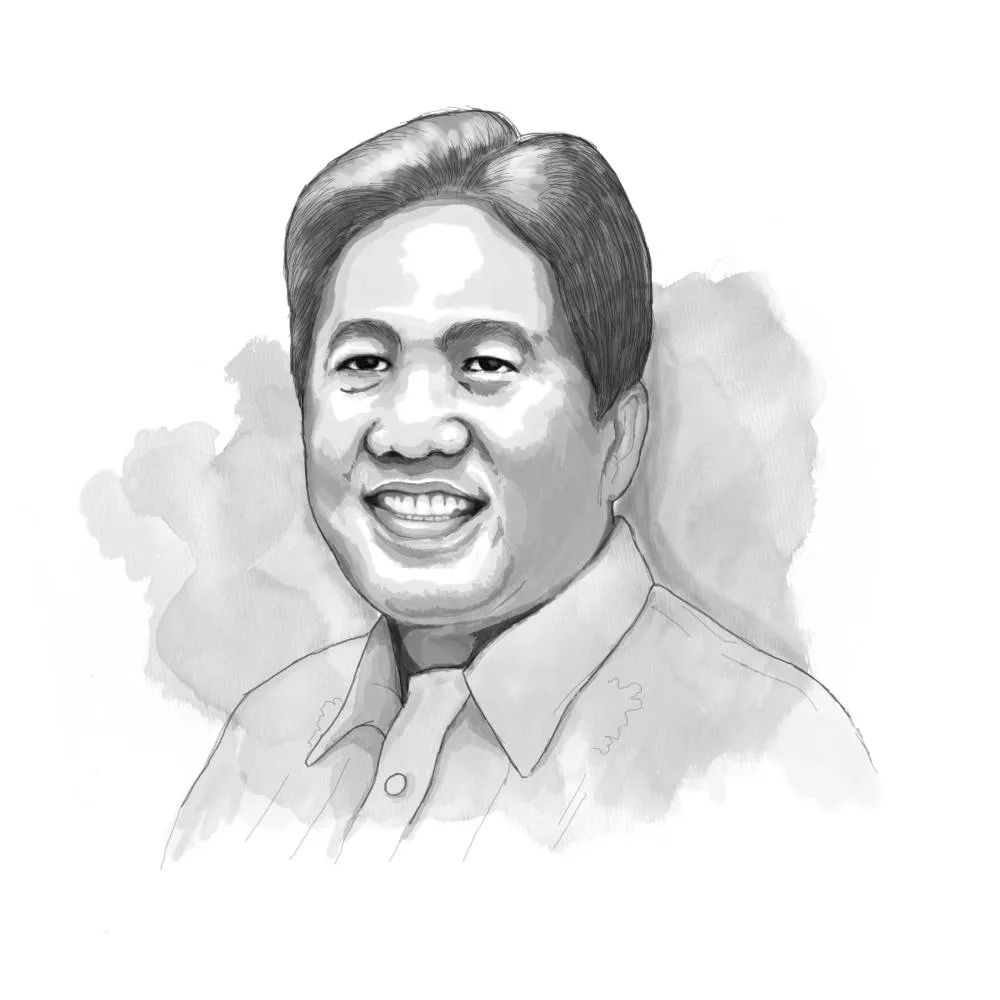Presidential elections, Pinoy style: Folly of ‘just-in-time’ improvisation (Sabong News)
Author
Sonny Coloma
Date
MARCH 10 2022
Should there be runoff elections in the Philippines?
This question has emerged in light of the fact that in all five post-EDSA elections, the winning candidate obtained less than a majority vote. In three of those, the winners won by a considerable margin, even while falling short of receiving more than 50 percent of the votes.
The two-round system is practiced in a total of 83 countries, making it the most common way to elect heads of state who are commonly called presidents. Only 22 countries, including the Philippines, use a single-round plurality or first-past-the-post system.
In the two-round system, a second round of voting ensues if in the first round no candidate received a simple majority or more than 50 percent of votes cast. Only the two candidates who received the most votes in the first round, qualify for the second round. In some cases, all candidates who received above a prescribed proportion of the votes qualify for the second round. Any remaining candidate could opt out of the second round.
In 1992, Fidel Ramos was elected with 5,342,521 or 23.58 percent of the votes, or a margin of 874,348 over Miriam Defensor Santiago. The third placer, Eduardo ‘Danding’ Cojuangco, Jr. garnered 4,116,376 votes or 1,226,1455 votes behind Ramos. Crucial to Ramos’ victory was the return of former First Lady Imelda Romualdez Marcos who got 2,338,294 votes — good enough for fourth place, behind Ramon Mitra, Jr. and ahead of Jovito Salonga. Observers have speculated that most of those who voted for her would have voted for Cojuangco and handed him a winning margin of over a million votes over Ramos.
In 1998, Joseph Ejercito Estrada won decisively over Jose de Venecia, Jr. He obtained 10,722,295 votes or 39.86 percent while De Venecia got 4,258,483 or 15.87 percent. Eight other candidates combined obtained less than 12 million votes or 44.28 percent.
In 2004, Gloria Macapagal Arroyo was elected with 12,905,808 votes or 39.99 percent. Her closest rival, Fernando Poe, Jr., won 11,782,232 votes or 36.51 per cent. Her winning margin was 1,123,576 votes.
Benigno S. Aquino III was the clear winner in the 2010 elections, the first time an automated election system was used. He garnered a total of 15,208,678 votes or 42.08 percent, the highest share of votes in the post-EDSA era. First runner-up was former President Joseph Ejercito Estrada who got 9,487,837 votes or 26.25 percent.
In 2016, Rodrigo Duterte won with 16,601,997 votes or 39.01 percent. Manuel ‘Mar’ Roxas III got 9,100,991 votes or 23.45 percent, with Grace Poe trailing closely with 9.100,991 votes or 21.39 percent. As in the 1992 elections, the proverbial ‘hindsight’ pundits observed that if the two had joined forces, one of them would have obtained enough votes to get elected.
The adoption of an alternative scenario of a run-off or two-round system could be justified not on the basis of empirical election results but in terms of providing a firmer basis for national consensus-building. Another potential benefit is the emergence of strong political parties that could offer viable programs of government that would attract long-term support.
During the post-EDSA era, there has been a procession of presidents whose platforms of government — if ever there was one that was sufficiently articulated — focused only on a single, six-year term.
Recall that the Ramos presidency heralded the celebration of the Philippine independence centennial — while battling a severe power crisis and the Asian financial crisis that slowed the pace of economic growth. ‘Erap para samahirap’ or a pro-poor accent was the battlecry of the Estrada presidency that was cut short by a disrupted impeachment trial and another EDSA upheaval. The Macapagal-Arroyo administration was hobbled by political turmoil and a perception of rampant corruption — despite attaining stable economic growth.
The second Aquino presidency chalked up a record of sustained economic growth but the Liberal Party whose colors he had carried when he won in 2010, was unable to consolidate its base and thinned out in the shifting sands of political affiliation. Ironically, PDP-Laban — formed out of parties that emerged from the EDSA People Power revolution — became the new administration party post-2016,and its adherents branded its critics as ‘dilawan’ (yellow). However, PDP-Laban ended up without an official candidate for President as an offshoot of the new political dynamics triggered by the candidacy of Ferdinand Marcos, Jr.
In the current presidential race, none of the candidates has been a long-term member of an established political party. Ernesto Abella is an independent. Leody de Guzman is running under Partido Lakas ng Masa. Panfilo Lacson chose Reporma. Francisco ‘Isko Moreno’ Domagoso is running under his newly adopted party, Aksyon Demokratiko. Emmanuel ‘Manny’ Pacquiao, president of one of two rival PDP-Laban factions, opted to run under the PROMDI (Probinsya Muna Development Initiative) coalition. Leni Robredo, who ran as the Liberal Party’s vice presidential candidate in 2016, decided to run as an independent.
Whoever wins, he or she would likely attract the most number of elected senators, representatives, governors and mayors who would affiliate with the “ruling party” out of convenience, and without principled agreement on a platform of government, much less a long-term vision of governance.
Such is the sorry state of Philippine politics: a showcase of ‘just-in-time’ improvisation. Unless this is addressed through structural change — through legislation or constitutional revision — we are likely to witness the same charade six years from now.
